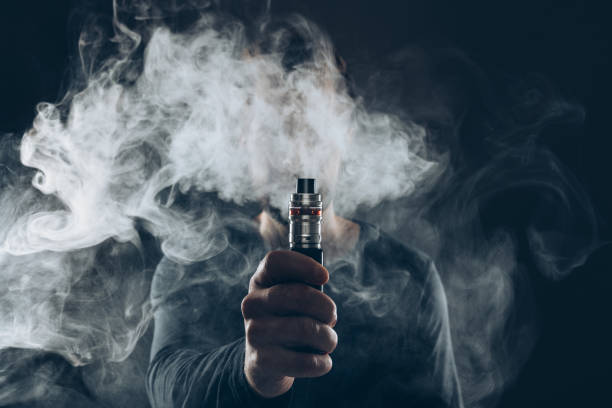The debate over vaping versus smoking has become central to public health discussions worldwide. As vaping gains popularity as an alternative to traditional smoking, people are increasingly asking: which is safer? While both involve inhaling substances into the lungs, their risks, chemical compositions, and long-term health impacts differ significantly. This article examines the safety profiles of vaping and smoking to provide a clear comparison based on current evidence.
Understanding the Basics
Smoking involves burning tobacco, which releases Hayati Pro Ultra Plus of chemicals — including known carcinogens like tar and carbon monoxide — that are harmful to nearly every organ in the body. Cigarette smoke contains over 7,000 chemicals, many of which contribute to cancer, heart disease, and respiratory conditions.
Vaping, on the other hand, uses a device to heat a liquid (e-liquid or vape juice) into a vapor, which is then inhaled. E-liquids typically contain nicotine, propylene glycol, vegetable glycerin, and flavorings. No combustion occurs, which means fewer toxic byproducts are created.
Chemical Exposure
The most significant health advantage of vaping over smoking is the absence of combustion. Burning tobacco releases tar and other toxins that damage lung tissue and blood vessels. These substances are responsible for the vast majority of smoking-related illnesses.
Studies show that vapor from e-cigarettes contains fewer harmful chemicals than cigarette smoke. While not completely harmless, the levels of carcinogens and toxins in vape aerosol are significantly lower.
In 2015, Public Health England declared that vaping is “at least 95% less harmful than smoking.” This statement was based on a comprehensive review of scientific evidence, although it remains a subject of ongoing scrutiny.
Addiction and Nicotine Content
Both smoking and vaping typically involve nicotine, a highly addictive substance. Cigarettes deliver nicotine quickly and intensely, contributing to their addictive potential.
Vapes can also deliver high levels of nicotine, especially nicotine salt-based e-liquids, which are commonly found in pod systems like JUUL. Some users even consume more nicotine through vaping than they would from smoking, especially when they vape frequently throughout the day.
While nicotine itself is not the primary cause of smoking-related diseases, it does affect heart rate, blood pressure, and brain development in adolescents. Therefore, any product containing nicotine carries inherent health risks, especially for young users and pregnant women.
Short-Term and Long-Term Health Effects
Smoking has well-documented long-term effects: lung cancer, chronic obstructive pulmonary disease (COPD), stroke, and heart disease. The damage caused by smoking is cumulative and often irreversible.
Vaping, though relatively new, has fewer known long-term risks due to its short history. However, some studies have linked vaping to lung irritation, inflammation, and potential damage to heart and lung cells. Cases of EVALI (E-cigarette or Vaping Use-Associated Lung Injury) emerged in the U.S. in 2019, mostly linked to vitamin E acetate found in illicit THC vape cartridges, not regulated nicotine e-liquids.
Therefore, while vaping appears less harmful, it is not entirely risk-free — especially when used irresponsibly or with black-market products.
Youth and Non-Smokers
One major concern with vaping is its appeal to teenagers and non-smokers. Flavored e-liquids and sleek devices have led to a surge in youth vaping, raising alarms about a new generation becoming addicted to nicotine. In contrast, cigarette use among teens has generally declined.
Experts argue that while vaping might be a harm-reduction tool for adult smokers, it should not be marketed or accessible to youth and non-smokers.
Conclusion
When comparing vaping and smoking, the evidence strongly supports that vaping is the safer option — primarily due to the absence of combustion and significantly fewer toxic chemicals. However, “safer” does not mean safe. Vaping is not without risks, particularly regarding nicotine addiction and unknown long-term effects.
For current smokers looking to quit, vaping may offer a less harmful alternative. But for non-smokers — especially young people — the best option remains not to start either. In the end, the safest choice for your health is a smoke-free and vape-free life.
